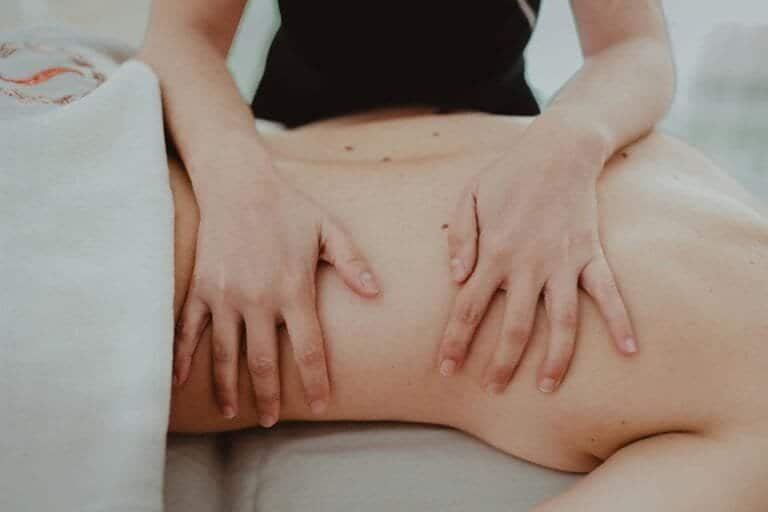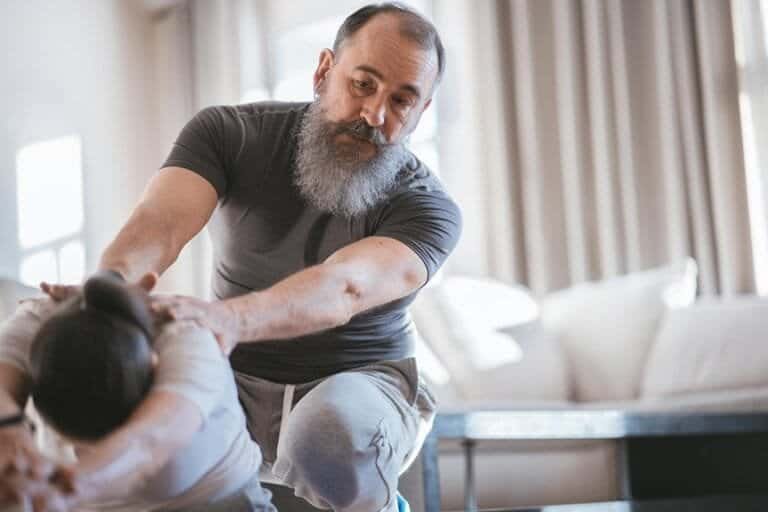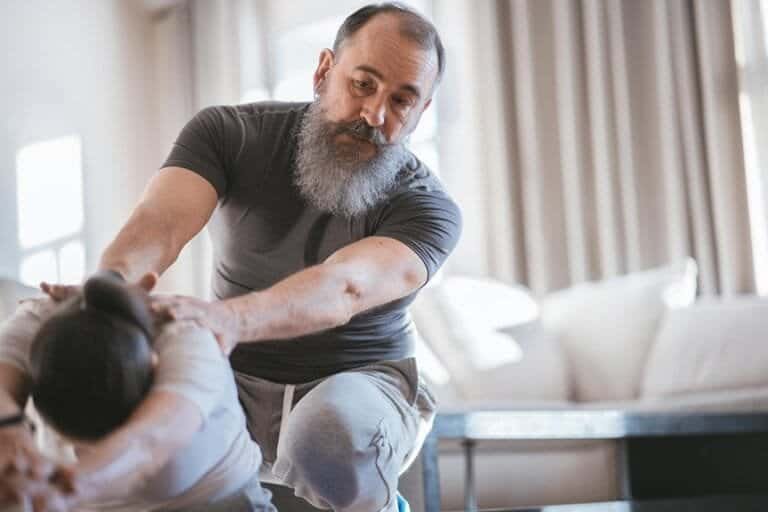If you're looking for effective alternatives to popular anti-aging treatments, consider Ultherapy, microneedling, and laser skin resurfacing. Ultherapy uses ultrasound energy for skin tightening and stimulates collagen production, while microneedling creates micro-injuries to enhance skin regeneration. Laser skin resurfacing improves texture and tone, targeting fine lines and pigmentation. All these options provide natural-looking results with minimal downtime, catering to your specific needs. Keep exploring to discover more about each treatment and their unique benefits.
Key Takeaways
- Ultherapy uses ultrasound energy for skin tightening, stimulating collagen in deeper layers for lasting rejuvenation without downtime.
- Microneedling creates controlled micro-injuries that promote natural collagen production, enhancing skin texture and elasticity with minimal recovery time.
- Laser skin resurfacing targets skin texture and tone, reducing fine lines and pigmentation through tailored treatments based on skin type.
- Non-invasive treatments offer natural-looking results with minimal side effects, ideal for those seeking alternatives to surgical procedures.
- Consulting with a professional helps determine the best approach for individual skin concerns and treatment goals, ensuring optimal results.
Ultherapy: A Non-Invasive Skin Tightening Solution

Ultherapy offers a cutting-edge, non-invasive solution for skin tightening through the power of ultrasound energy. This FDA-approved procedure stimulates collagen production by targeting deeper layers of the skin, effectively treating areas like the neck, chin, and brow. Ultherapy targets deeper layers of skin for rejuvenation, enhancing its overall effectiveness. Additionally, the visualization technology used allows providers to accurately deliver treatment to specific skin layers, ensuring optimal results.
The Ultherapy procedure typically lasts 60-90 minutes, allowing you to return to daily activities immediately. One of the key Ultherapy benefits is that it provides natural-looking results over time, as the body generates new collagen. The effects can last for one year or longer, making it a durable skin rejuvenation option.
With minimal risk of side effects, including mild redness and swelling, Ultherapy stands out for those seeking an effective alternative to surgical options.
Microneedling: Stimulating Natural Skin Regeneration
While Ultherapy provides a remarkable non-invasive option for skin tightening, another effective treatment on the rise is microneedling.
This dermatological procedure uses fine needles to create controlled micro-injuries in your skin, stimulating collagen production and enhancing skin elasticity.
One of the key microneedling benefits is its natural approach to rejuvenation, allowing your body's healing process to improve skin texture and reduce wrinkles with minimal downtime.
It's versatile, targeting not just the face but also areas like the neck and hands.
Combining microneedling with PRP can further enhance results, boosting firmness and texture.
With significant collagen stimulation, patients often see long-term improvements that continue to develop over time, making it a compelling choice for those seeking lasting rejuvenation. Additionally, microneedling is considered a natural approach to rejuvenation, making it a preferred choice for many seeking non-invasive treatments.
Laser Skin Resurfacing: Enhancing Texture and Tone

If you're looking for an effective way to improve your skin's texture and tone, laser skin resurfacing might be the solution you need.
This treatment reduces fine lines, improves skin firmness, and corrects hyper-pigmentation by stimulating collagen.
With types like ablative and non-ablative, you can tailor your approach based on your skin type and desired outcome, making benefits comparison fundamental in your treatment selection process.
Ablative options offer lasting results for deeper concerns, while non-ablative methods provide a gentler approach with minimal downtime.
Each option has unique advantages and potential drawbacks, so evaluating your tolerance for recovery is vital.
Frequently Asked Questions
How Long Do Results From These Treatments Typically Last?
Results duration from treatments varies; often, improvements last a few weeks to several months. Treatment frequency impacts effectiveness too, with regular sessions enhancing durability. Combining therapies and healthy lifestyle choices can further extend visible outcomes.
Can These Treatments Be Combined With Botox?
Imagine a harmonious orchestra, where each instrument complements the other. You can effortlessly mix Botox with treatments like laser resurfacing or microneedling, creating treatment synergy that enhances your results and labels your skin's rejuvenation journey as exceptional.
Are There Any Specific Skin Types That Should Avoid These Treatments?
If you have sensitive or acne-prone skin, it's best to avoid harsh treatments that may exacerbate irritation. Instead, consider gentler options tailored to your specific needs for ideal results without adverse reactions.
What Is the Typical Price Range for These Alternatives?
When considering treatment affordability, you'll find that alternatives often present a cost comparison. For instance, retinol products typically range from $20 to $50, while chemical peels can vary between $125 and $750, depending on depth.
How Soon Can I Return to Normal Activities After Treatment?
After treatment, recovery time varies widely. Most non-surgical procedures let you resume normal activities immediately, while surgical options usually impose activity restrictions for weeks. Always consult your provider for specific guidance tailored to your procedure.
Conclusion
In the quest for youthful skin, these alternatives to popular anti-aging treatments offer effective, non-invasive solutions. Imagine your skin feeling firmer and rejuvenated after Ultherapy, or the glow that emerges following a microneedling session. Picture the smooth, even tone brought about by laser skin resurfacing. Each option not only enhances your natural beauty but also promotes skin health, making them a compelling choice for those seeking a youthful radiance without the need for invasive procedures.
References
- https://www.healthline.com/health-news/how-well-do-these-anti-aging-alternatives-to-botox-really-work
- https://pubs.acs.org/doi/10.1021/acschemneuro.3c00532
- https://www.tamjidiskininstitute.com/the-best-non-invasive-anti-aging-treatments/
- https://pmc.ncbi.nlm.nih.gov/articles/PMC6352312/
- https://seekerdermatology.com/top-5-anti-aging-treatments/
- https://www.schweigerderm.com/cosmetic-dermatology/body-treatments/neck/ultherapy/
- https://www.mychway.com/ultherapy-and-non-invasive-skin-tightening-alternatives
- https://www.webmd.com/beauty/what-to-know-ultherapy
- https://drbishop.com/what-is-the-best-non-invasive-skin-tightening-treatment/
- https://www.womenshealthmag.com/beauty/a29624329/what-is-ultherapy/






